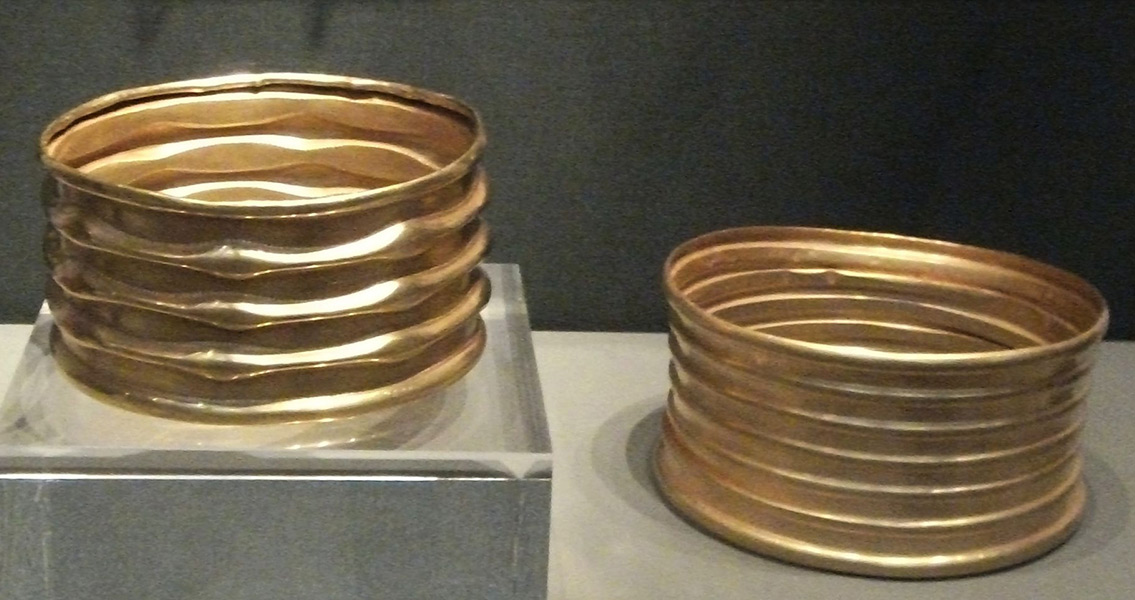<![CDATA[Some 2,000 gold thread spirals have been discovered on the Danish island of Zealand by a non-professional archaeologist working with the West Zealand Museum, and dated to between 900 and 700 BCE, the Local’s Danish edition reports. The spirals, found by Christian Albertsen, weigh between 200 and 300 grammes each and are made from flattened gold threads. The longest spiral is 3 cm. They were probably used as personal decoration by sun priests, Flemming Kaul from the Danish National Museum said in a press release quoted by the Local. Sun worshipping was common in Bronze Age Europe, Ancient Origins notes, however, the researchers studying Albertsen’s find are still uncertain about the spirals’ function. Kaul said in the press release that other possible uses may have been decorations of parasols or hats, and hair decorations. The site where Albertsen found the spirals, in Boeslunde, southwestern Zealand, is well known to archaeologists and has over the years yielded an abundance of gold artefacts. In fact, the Local points out, it is the site where the most gold objects from the Bronze Age in terms of weight have been found in northern Europe. These include rings, four bracelets and six bowls, as well as golden fibulae which were found along with the spirals. It was these fibulae, predecessors of buttons, that allowed for such a precise dating of the spirals because it is known that this was the period when fibulae took the place of straight pins used to fasten parts of clothes to each other. The abundance of gold items at the Boeslunde site has led researchers to suggest it was used for ritual purposes between 700 and 900 BCE. Flemming Kaul explained in the press release that gold had a particular significance for the ancient sun-worshippers, because of its colour and shine. Perhaps, he says, the priests who performed religious rituals at the Boeslunde site wore golden bracelets on their hands and the golden spirals adorned their headgear, so when the sun was up they shone brightly. Bronze Age craftsmen were very skillful with gold and other precious metals, as evidenced by this and other finds. Last year, Discovery News reported a study that claimed it was children who had made the finest, most intricate details, based on examination of the Stonehenge treasure – a collection of jewellery and daggers found in a burial mound containing the remains of a man dated to around 4,000 years ago. The metal decorations and the daggers featured stunningly intricate elements, including 140,000 miniature metal studs in the handle of one dagger which were each thinner than a hair, at a density of 1,000 studs per square centimetre. The work on this decoration, from the making of the super thin metal wire to the placing of the studs into the wooden handle could not have been done by an adult in an era long before the invention of the magnifying glass. Therefore, the researchers surmised, the most likely craftsmen were children around the age of ten and teenagers who were specially trained to work metal. Alternatively, very short-sighted adults could also have worked such decorations. The crafting of these elements was a severe strain on the eyes and most likely left the craftsmen nearly blind. Image courtesy of Wikimedia Commons user: Johnbod]]>
Bronze Age Gold Threads Unearthed in Denmark
